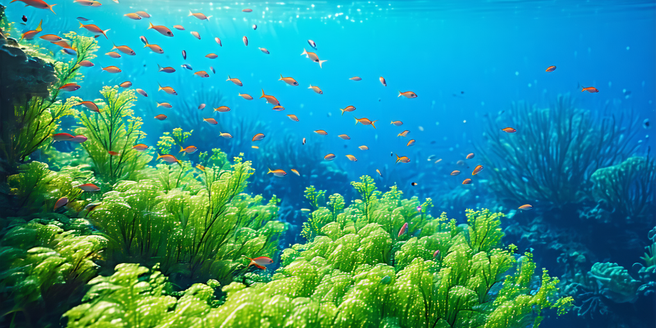
Introduction to Underwater Weather Photography
Underwater weather photography is a fascinating discipline that bridges the gap between technical expertise and artistic expression. By exploring the dynamic oceanic environment, photographers can capture the mesmerizing patterns of currents and waves beneath the surface. This niche genre requires not only a keen eye for composition but also an understanding of the aquatic environment. Distinctive from terrestrial photography, underwater photography demands specialized equipment and techniques to overcome challenges such as light refraction, pressure, and movement. Adapting to the changing underwater light and conditions is crucial to capturing stunning images that convey the powerful yet serene nature of ocean currents. Enthusiasts of underwater weather photography often share a deep appreciation for marine ecosystems, contributing to ocean conservation by showcasing these hidden underwater worlds.
Essential Equipment for Photographing Ocean Currents
Photographing ocean currents demands a specific set of equipment designed to withstand the challenges of the underwater environment. A reliable waterproof camera housing is essential to protect your camera from water and pressure at various depths. Wide-angle lenses are preferred for capturing the vastness of underwater scenes, as they allow for expansive compositions and the inclusion of foreground subjects. Strobes or underwater flash units help illuminate colors that fade beneath the surface due to refraction. Buoyancy control is critical, and photographers often use weighted vests or diving belts to stabilize themselves. An underwater tripod can also be beneficial for achieving steady shots in dynamic water conditions. Lastly, a good quality mask and snorkel or dive gear enable photographers to navigate efficiently while conserving air and energy, ensuring more time for creative exploration.
Techniques for Capturing Dynamic Water Movements
Capturing dynamic water movements is a skillful blend of timing, composition, and technical prowess. To document the fluidity of currents, mastering shutter speed is vital. Fast shutter speeds can freeze the motion of fast-moving currents, providing clarity and detail, whereas slower speeds can create a sense of motion blur that encapsulates the flow of water. Composition plays a crucial role, with leading lines and natural framing enhancing the visual impact of swirling waters. Utilizing natural light is critical, with early morning or late afternoon offering softer illumination. Adjusting white balance helps retain true colors that are often lost underwater. Patience and observation allow photographers to anticipate patterns and movements in water, leading to more effective shots. Experimentation and continuous learning are key to advancing one’s skills in this captivating domain.
Understanding Light and Color in Ocean Photography
Understanding how light and color behave underwater is paramount to creating compelling photographs. Water absorbs light differently than air, with red tones diminishing rapidly with depth while blues and greens penetrate further. This shift necessitates adjustments in white balance to ensure colors appear natural and vibrant in captured images. Midday sun can be harsh, washing out colors, so photographers often shoot during golden hours for softer, more appealing light. Artificial lighting, such as strobes, can reintroduce colors lost to depth, rendering scenes with more visual impact. Experimenting with lighting angles and intensity can dramatically alter the mood of a photo, enhancing textures and details within the marine landscape. Mastery of these elements is critical for expressing the true essence of underwater environments, transforming ordinary scenes into extraordinary visual stories.
Tips for Staying Safe While Photographing Underwater
Safety is paramount when engaging in underwater photography. Familiarize yourself with the dive site and conditions before entering the water. Always dive with a buddy to ensure you have support in case of emergencies. Check your equipment thoroughly, confirming that all housing is sealed correctly and functioning. Understand and respect the local marine life, maintaining safe distances to avoid distressing creatures or risking personal injury. Be aware of your limitations, both physically and with regard to air supply, ensuring you have ample reserve before surfacing. Continuous communication and using hand signals with your dive partner keep the experience smooth and secure. Plan your dives meticulously and be prepared for unexpected changes in weather or currents. These proactive measures ensure a rewarding and safe underwater photography experience.
Post-Processing Tips for Enhancing Your Images
Post-processing is an essential step in underwater photography to bring out the best in your images. Begin by fine-tuning the white balance to correct color shifts caused by water absorption. Enhancing contrast and clarity can highlight details and make compositions more striking. Noise reduction is crucial in low-light conditions to ensure clean, professional-grade results. Cropping and straightening allow for improved framing and composition, focusing on the subject. Layers and masks in editing software give you control to adjust specific areas without affecting the entire image. Techniques such as dodge and burn can add depth, drawing the viewer’s eye to key elements. Finally, keep editing subtle to preserve the natural beauty of the underwater scene. Developing a mindful post-processing workflow elevates your photography, setting your work apart.
